In the fast-evolving world of digital communication, acronyms like “IG” have become an essential part of online language. From text messages to social media captions and even emails, short-form expressions shape the way we talk—and “IG” is one of the most versatile acronyms in modern English. In 2025, the use of “IG” continues to evolve, and understanding its nuances is key to being both clear and culturally relevant.
This advanced, expertly crafted guide provides a comprehensive explanation of “IG”, how it is used in various digital and conversational contexts, what it stands for, its professional and casual alternatives, and how to adapt its tone depending on the audience.
🔍 What Does “IG” Mean in Text?
IG is an acronym that most commonly stands for either “Instagram” or “I guess”, depending on context. However, its interpretation is context-sensitive and can shift based on tone, format, and sentence placement.
Let’s break this down:
1. “IG” as “Instagram” (Proper Noun Usage)
This is the most straightforward and popular use of “IG.” Social media users often shorten Instagram to “IG” when chatting, posting, or referencing the platform.
Example (Casual):
“Just posted the reel on IG — check it out!”
In this case, “IG” refers to the social media platform Instagram, used commonly in informal communication or social media marketing.
2. “IG” as “I Guess” (Colloquial/Conversational Usage)
Equally popular, “IG” can also stand for “I guess”, especially in texting, where brevity and tone are key.
Example (Conversational):
“It’s not my favorite movie, but it was okay, IG.”
Here, “IG” expresses mild uncertainty, hesitation, or lack of enthusiasm—a tone that’s subtle but highly recognizable in everyday chat.
🧠 2025 Nuance Update: How “IG” Is Evolving
In 2025, “IG” has acquired deeper tonal dimensions that weren’t as pronounced in previous years. Here’s how it’s evolved:
- Passive agreement: “IG” is used to agree without enthusiasm.
- Emotional distance: It often implies a non-committal stance or avoidance of strong opinion.
- Cultural shorthand: It functions as shorthand in memes, captions, and subtle sarcasm.
- Contextual branding: Marketers now capitalize “IG” to reference Instagram in a branded tone that’s cleaner and younger.
🧾 IG: Not Just Two Letters—A Tone Changer
IG transforms the sentence tone significantly depending on its placement and context.
| Context | Meaning | Tone |
|---|---|---|
| “IG we’ll go.” | “I guess we’ll go.” | Hesitant, soft |
| “Check my IG story.” | “Check my Instagram story.” | Direct, social |
| “That’s fine, IG.” | “That’s fine, I guess.” | Passive, possibly annoyed |
| “IG is down again.” | “Instagram is down again.” | Informative, frustrated tone |
| “We can go with that IG.” | “We can go with that, I guess.” | Resigned acceptance |
🎯 Pro Tip: Always interpret “IG” based on emotional cues and placement in the sentence. It’s rarely neutral.
💼 When Should You Avoid Using “IG”?
While “IG” is extremely common, it should be avoided in certain situations, especially in professional, academic, or formal writing.
- Emails to superiors or clients: Use complete phrases like “I suppose” or “I believe”.
- Reports or presentations: Refer to Instagram by its full name if relevant.
- Cross-generational communication: Older audiences may misinterpret or not recognize “IG.”
📌 Alternatives to “IG” in Professional, Polite, and Casual Contexts
Below are 11 expertly selected alternatives to “IG,” each tailored for different tones and purposes. These offer clearer communication, emotional nuance, and contextual flexibility.
1. I Suppose
Tone: Polite, slightly formal
“I suppose we could adjust the plan.”
Use this when you want to sound reflective or diplomatic.
2. I Assume
Tone: Professional, analytical
“I assume the client approved the latest version.”
Useful in business or analytical writing, where logic is implied.
3. I Guess So
Tone: Casual, slightly uncertain
“I guess so. Let’s just go for it.”
A complete phrase that’s still informal but sounds a bit more polished than just “IG.”
4. Maybe
Tone: Non-committal, light
“Maybe we could do that tomorrow instead?”
A standalone word with broad applicability—often used in softer refusals or uncertainty.
5. Probably
Tone: Slightly assertive, casual
“Probably going to skip the meeting.”
Leans more toward likelihood than hesitation.
6. Kind of / Kinda
Tone: Colloquial, modern
“Kinda liked the new update, not gonna lie.”
Conveys uncertainty with a modern, trendy tone.
7. Not Sure, But…
Tone: Thoughtful, approachable
“Not sure, but I think it’s the right step.”
Great for conversations that invite collaboration or differing opinions.
8. It Seems Like…
Tone: Analytical, cautious
“It seems like the trend is shifting.”
Useful in blogs, articles, and reviews when you don’t want to overstate.
9. Presumably
Tone: Formal, scholarly
“Presumably, the data reflects seasonal behavior.”
Great for essays, research, and professional content.
10. I Feel Like
Tone: Emotional, conversational
“I feel like we’ve been down this road before.”
Adds a personal, emotional layer—popular in narrative or empathetic conversations.
11. I Think So
Tone: Soft assertion
“I think so. Let’s go with that plan.”
Stronger than “I guess,” but still leaves room for adjustment.
✨ Advanced Contextual Tip: Tone Polishing in 2025
In high-performance communication—whether you’re writing content, replying to messages, or crafting social media captions—knowing how much emotional weight to give “IG” matters more than ever.
Here’s how to elevate your tone:
| If you want to sound… | Replace “IG” with… |
|---|---|
| More thoughtful | “I suppose” |
| More decisive | “Probably” or “I think so” |
| More casual | “Kinda” or “Maybe” |
| More professional | “Presumably” or “I assume” |
| More honest | “I feel like” |
📱 Bonus: “IG” in Pop Culture and 2025 Trends
In 2025, “IG” is also stylized in a few modern formats, such as:
- #OnIG – Hashtag trends showing behind-the-scenes content on Instagram
- IG-worthy – Used to describe something aesthetically pleasing or trendy enough to post on Instagram
- “IG life” – A satirical way to refer to curated or filtered online personas
These trends contribute to IG’s cultural dominance in both language and identity expression.
🧩 Final Thoughts: When to Use “IG” vs. When to Avoid It
Use “IG” when:
- You’re speaking casually in texts or informal settings
- You’re referencing Instagram in a friendly, digital-native tone
- The context is clear and doesn’t demand formality
Avoid “IG” when:
- You’re writing for a professional or intergenerational audience
- There’s room for misinterpretation
- You’re aiming for clarity and tone precision
Being intentional with your word choice—especially with short acronyms—elevates your communication skills and keeps you culturally fluent in 2025 and beyond.
🧠 Summary Recap
- IG means “Instagram” or “I guess,” depending on context.
- It can subtly shift tone between casual, uncertain, or informative.
- Use contextual clues and tone analysis to decide when it fits.
- Choose from 11+ smart synonyms to elevate your writing or speech.
- Stay updated on 2025 trends and how they reshape communication.


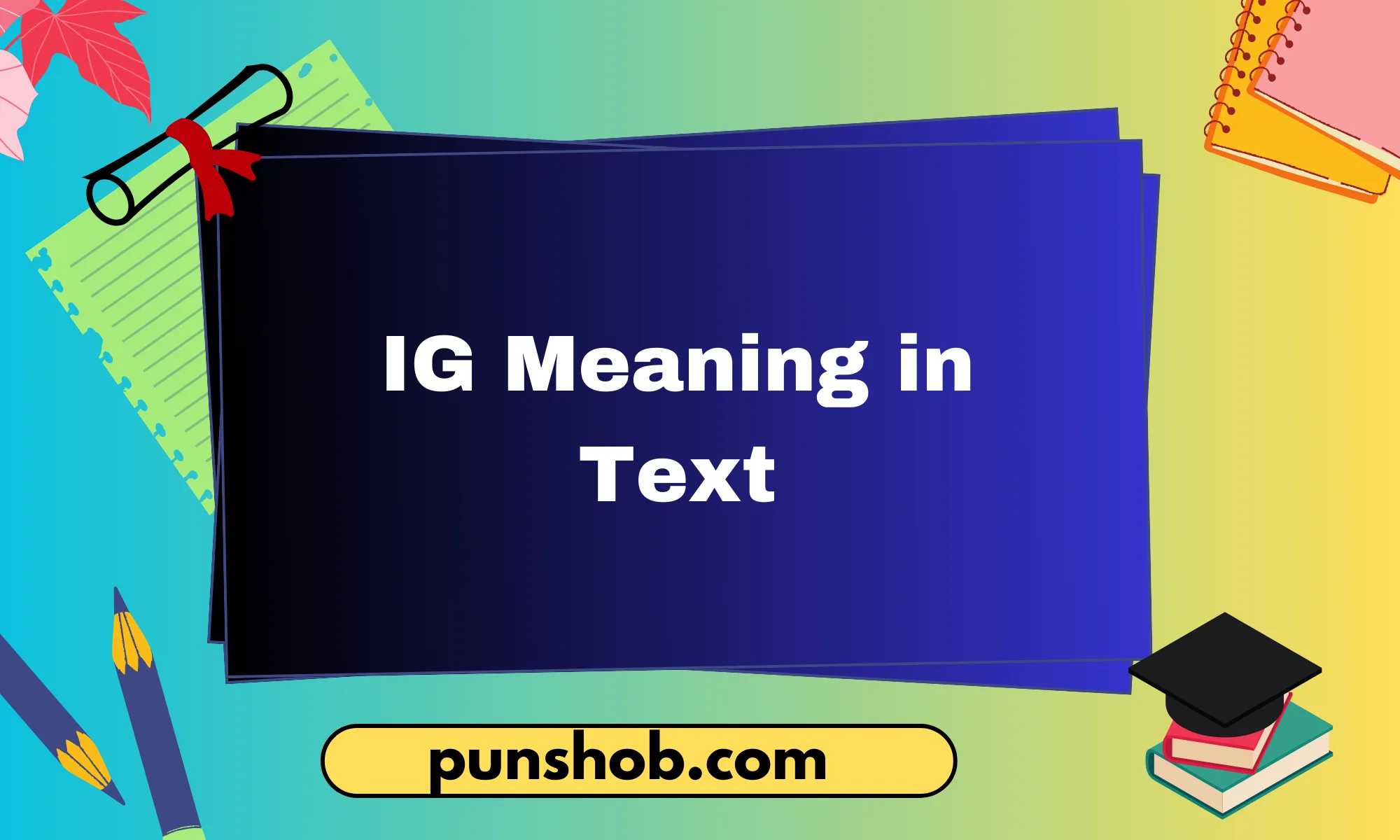
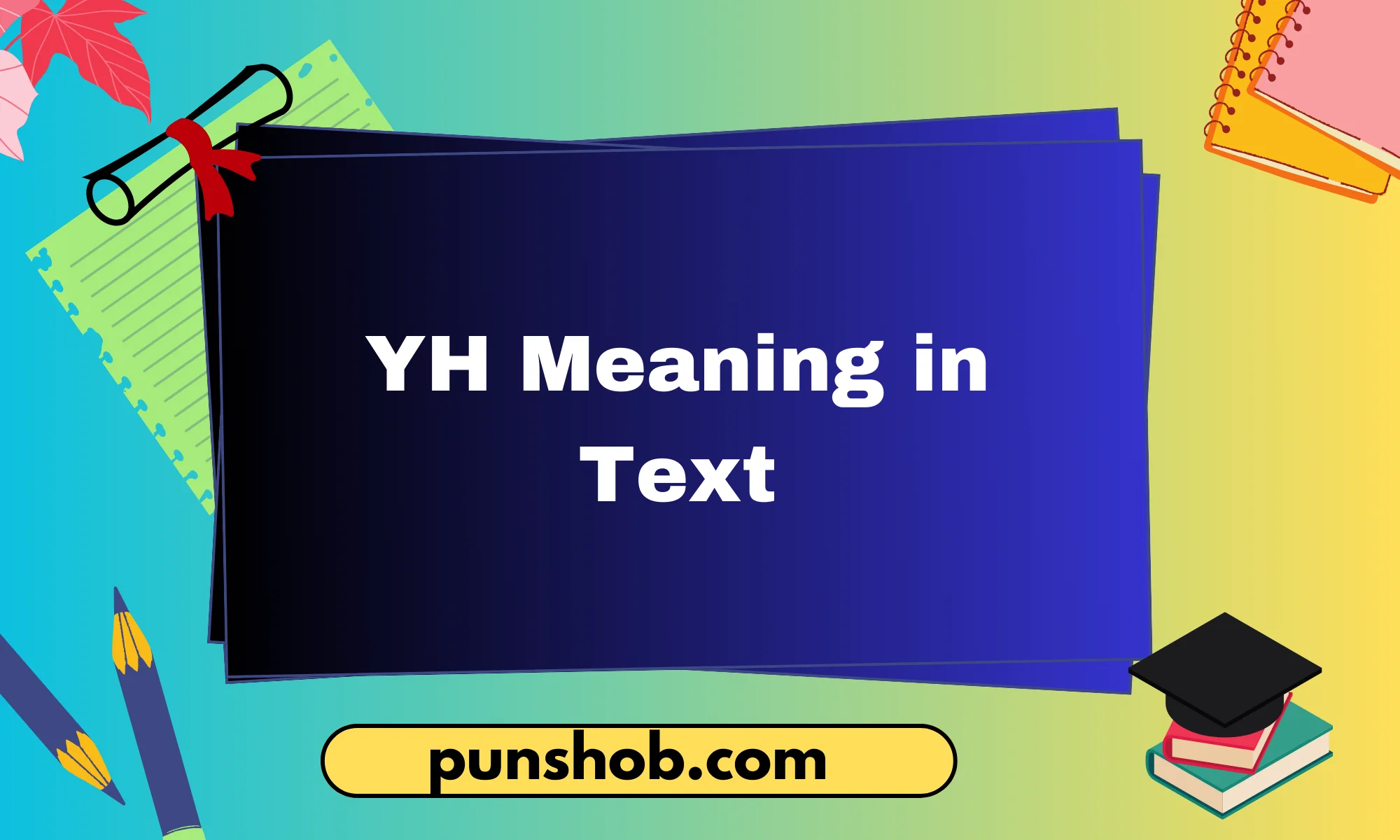
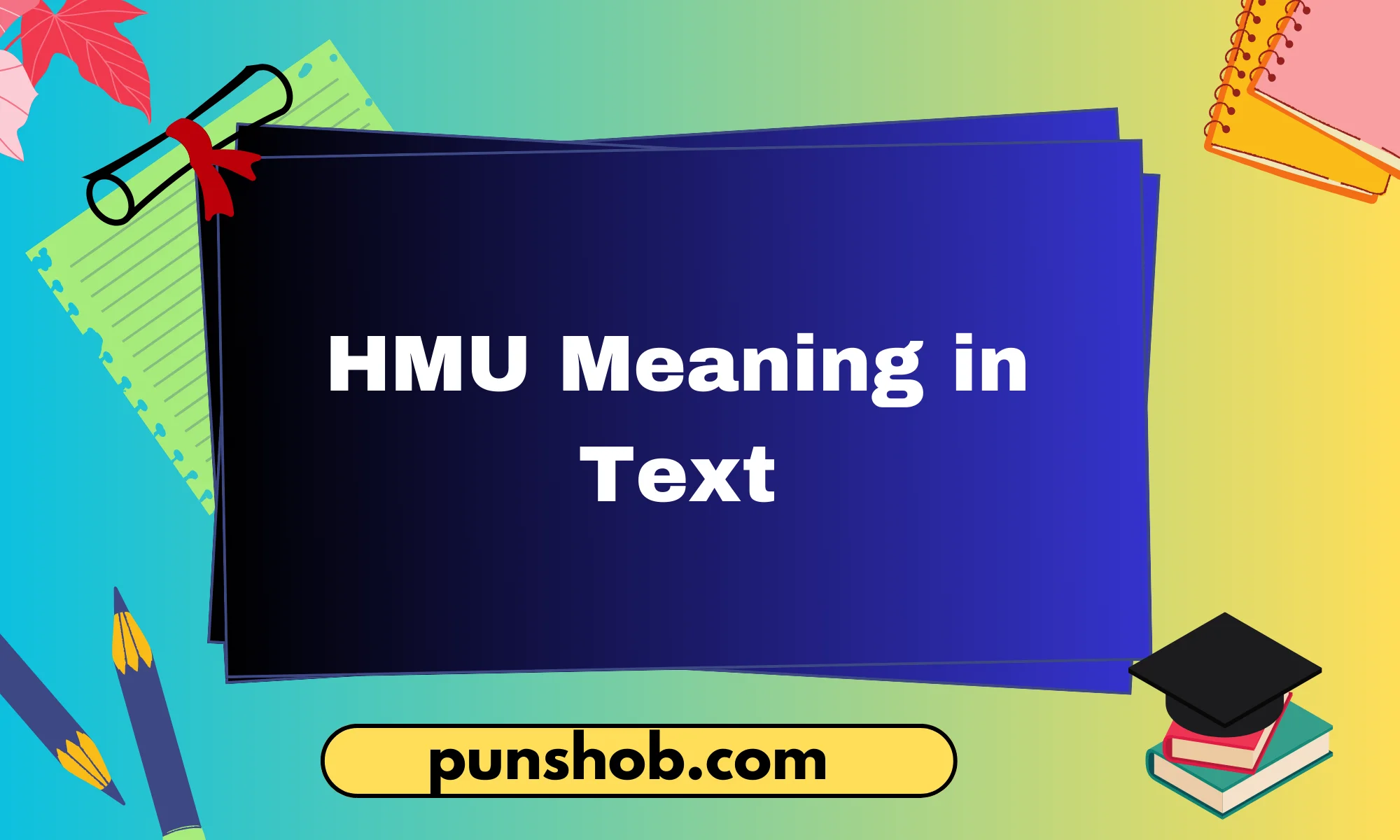
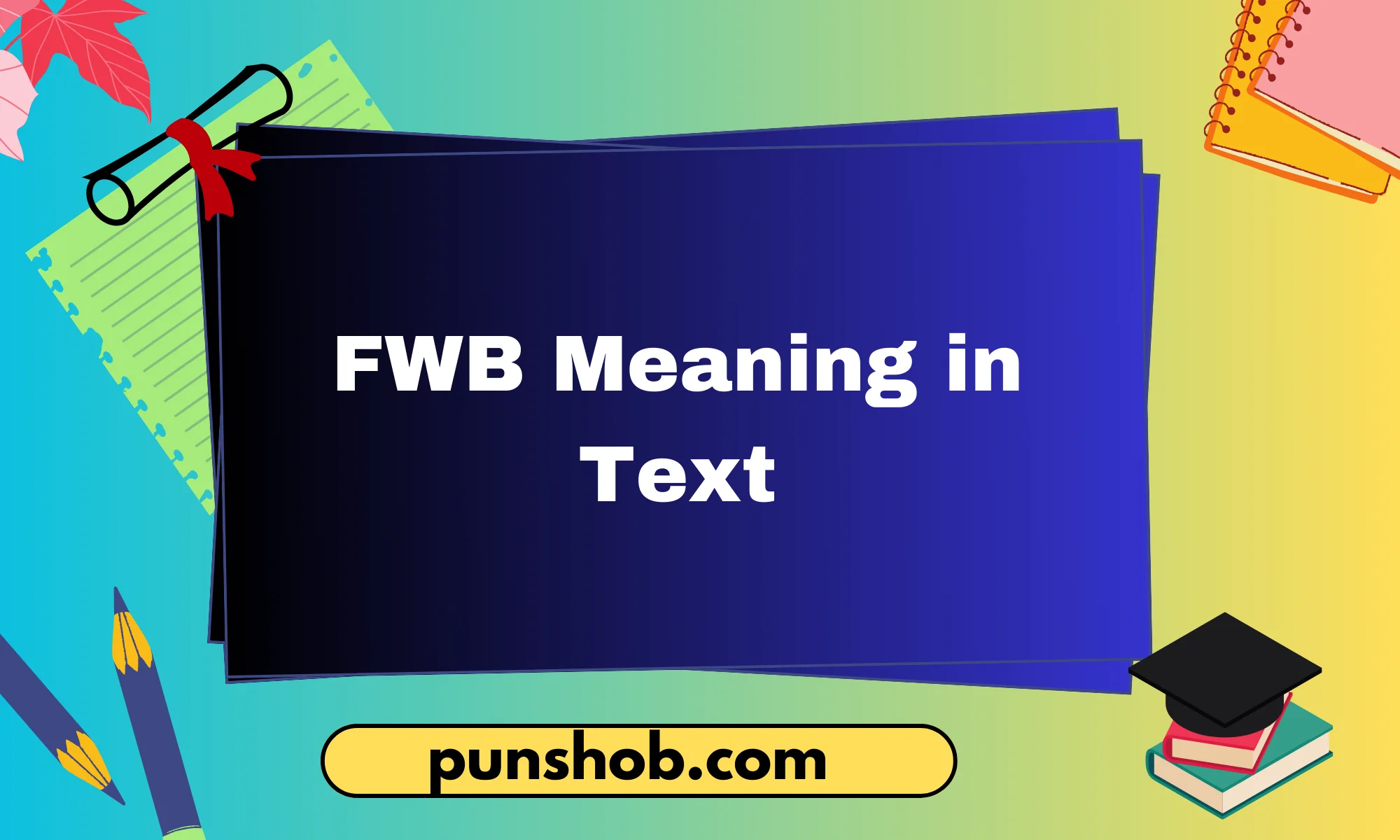
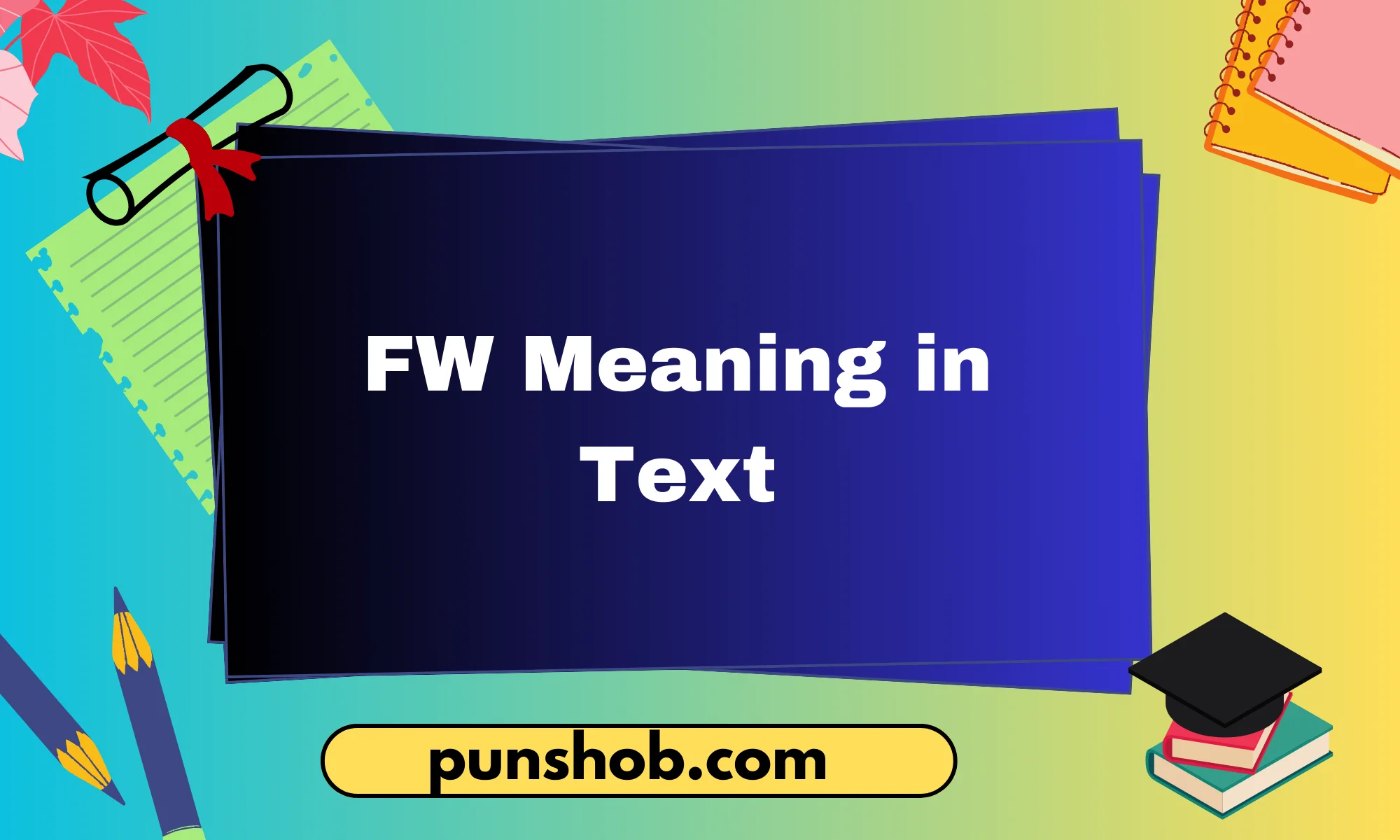
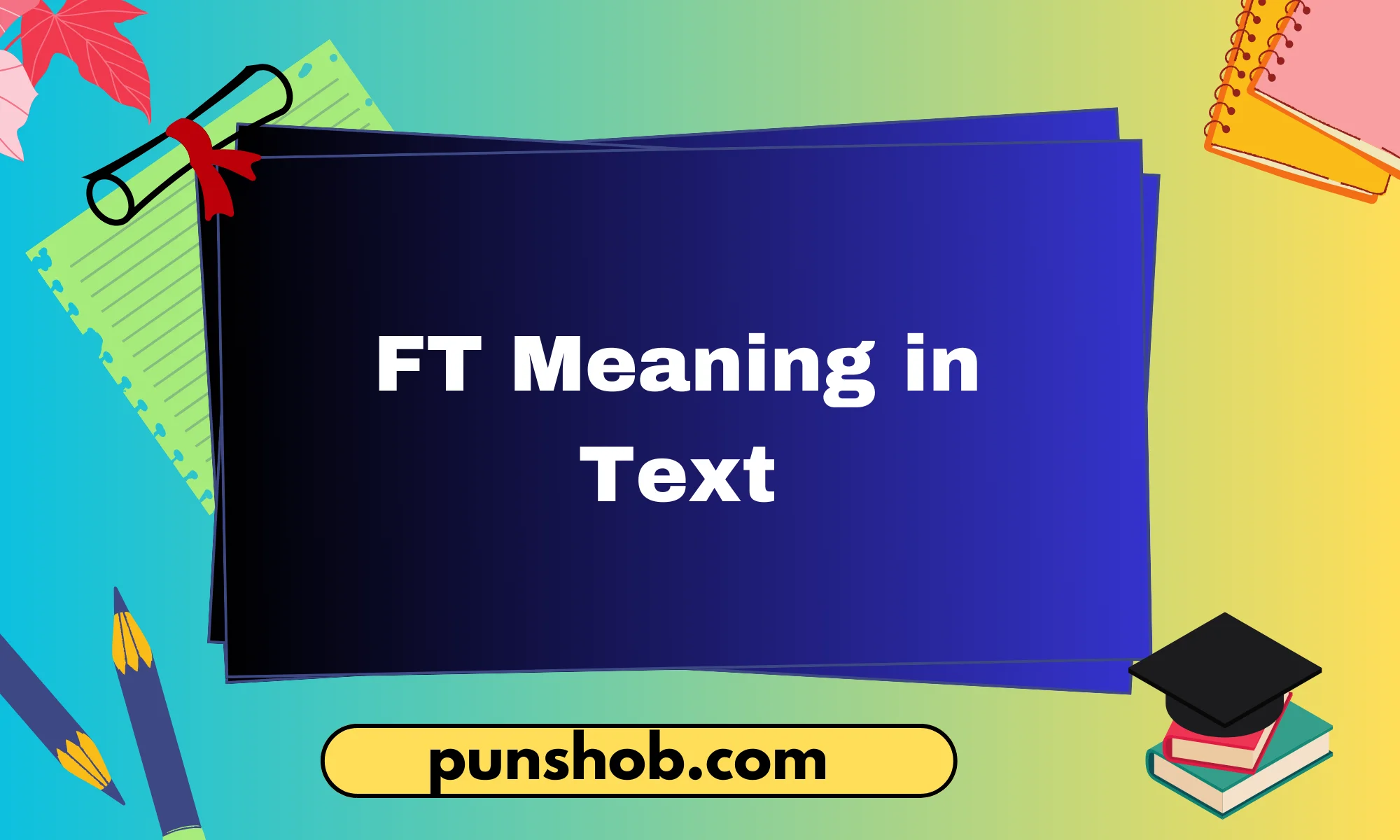
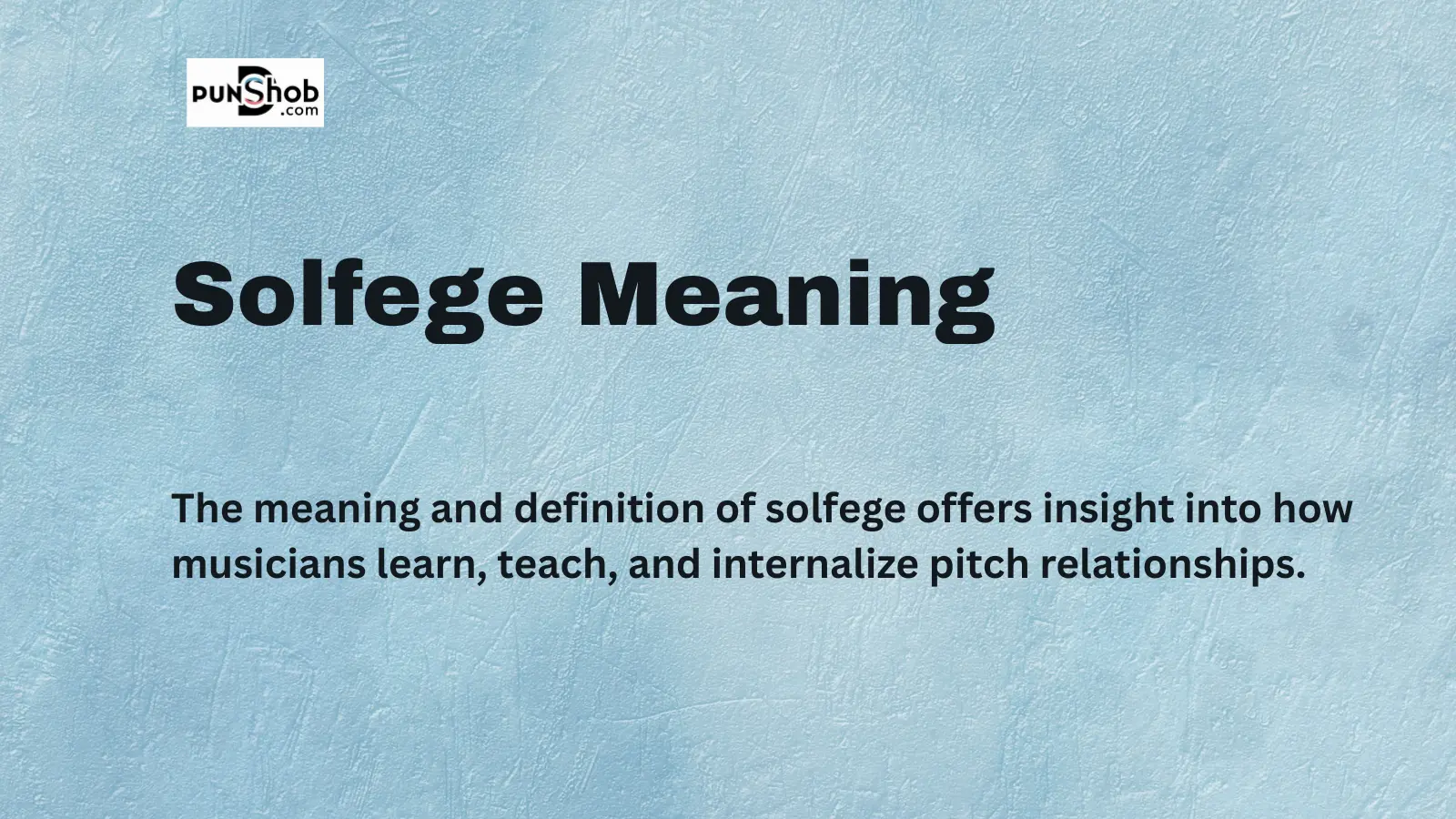

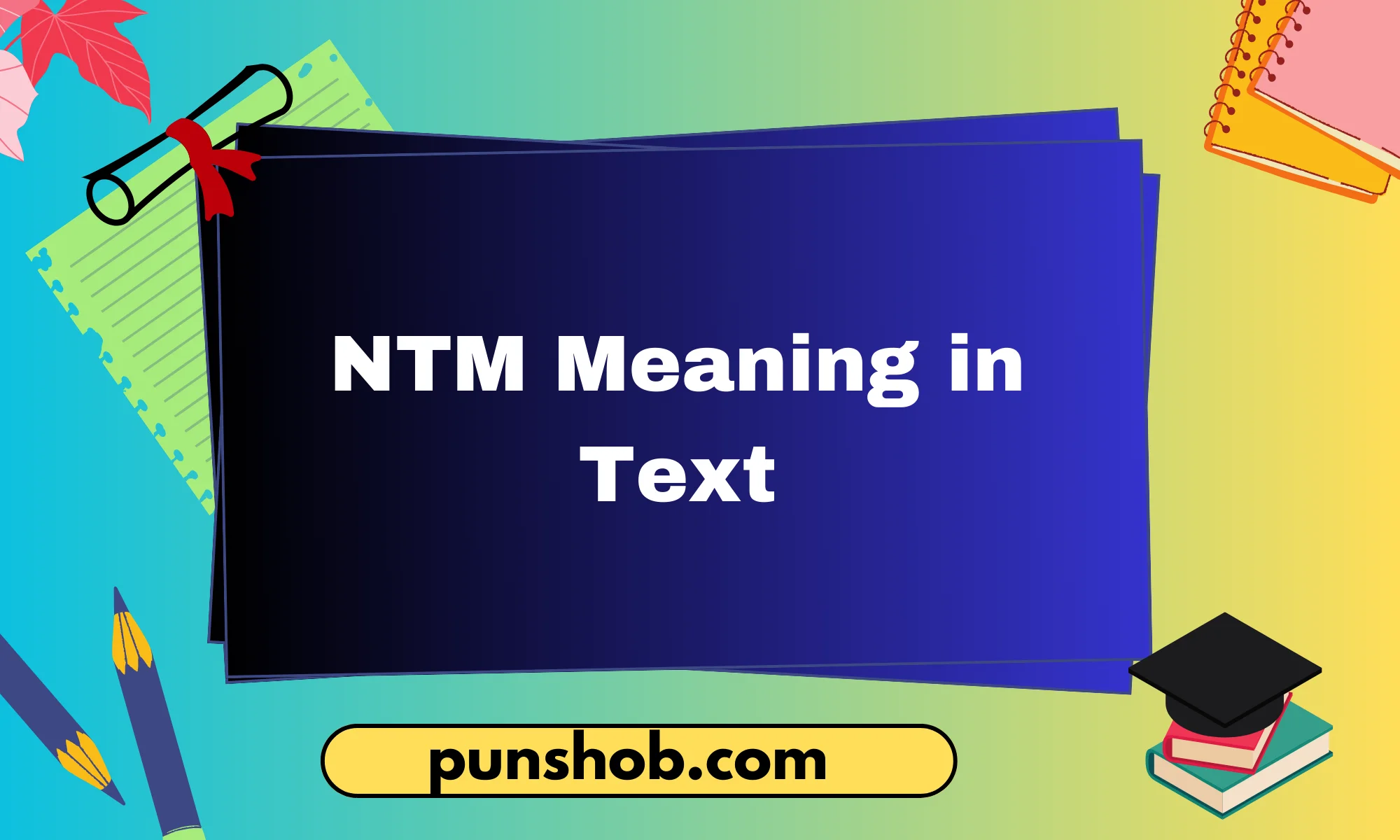
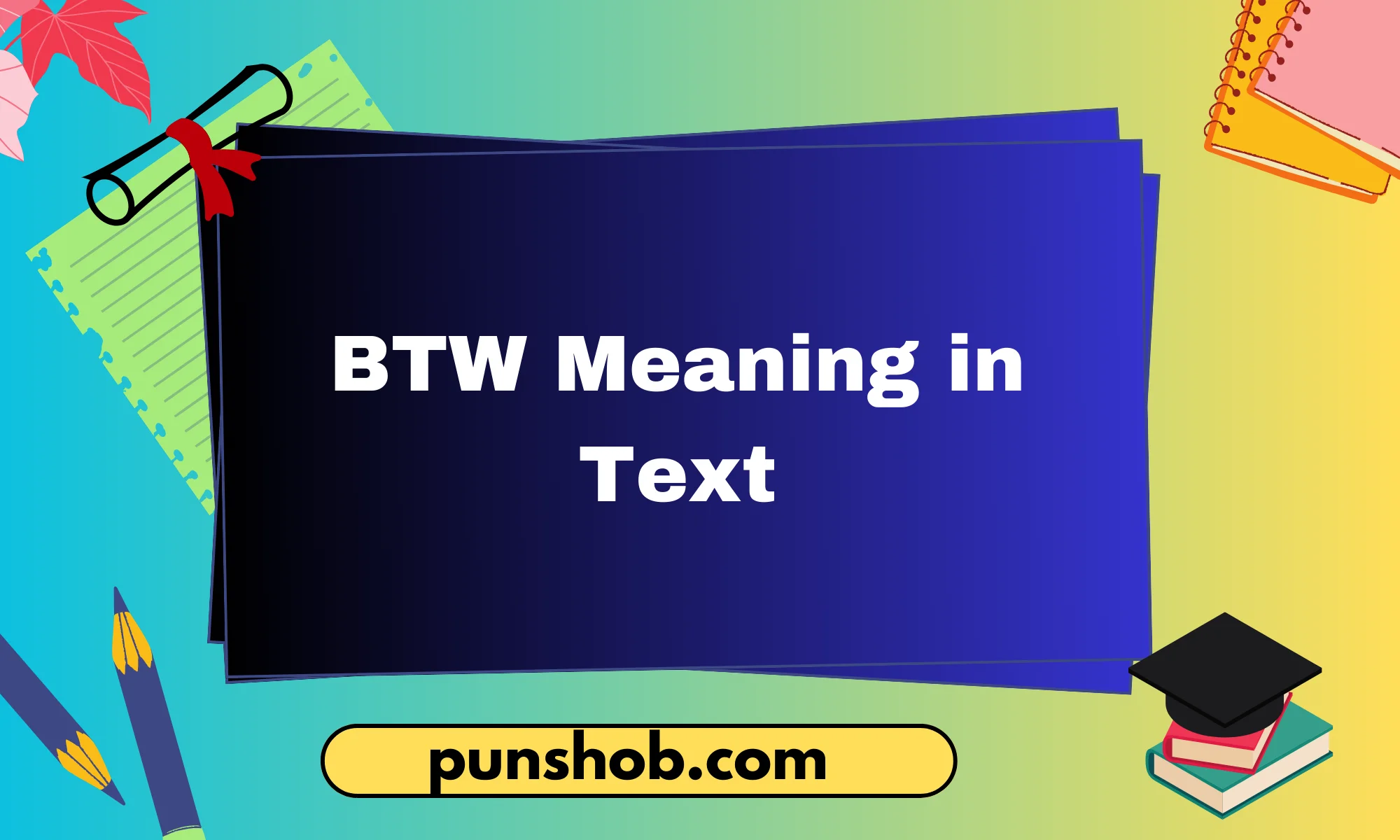
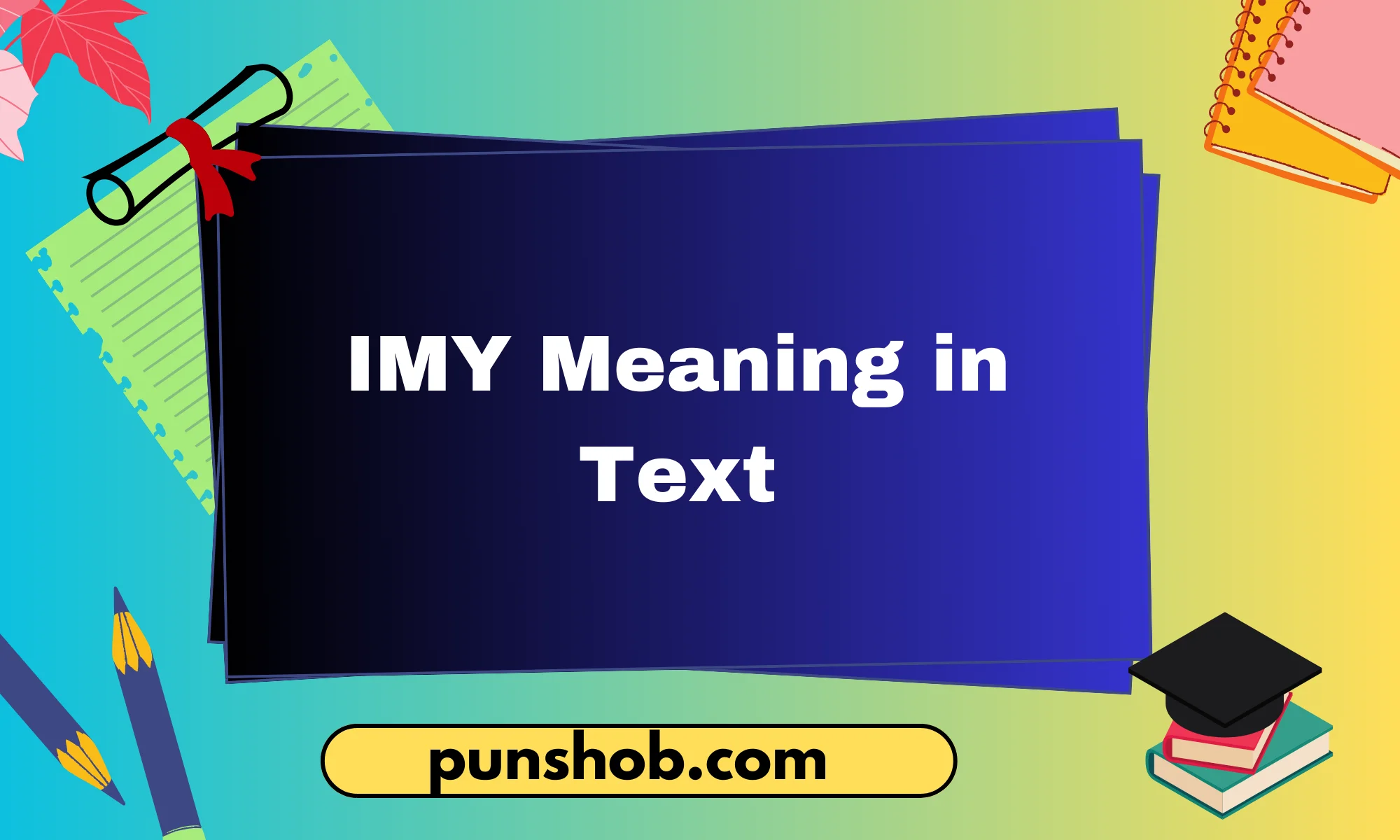
Leave a Reply